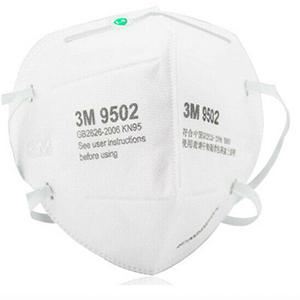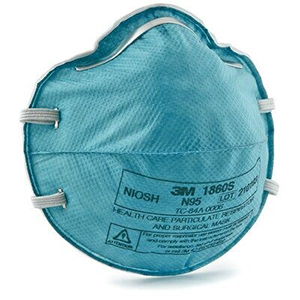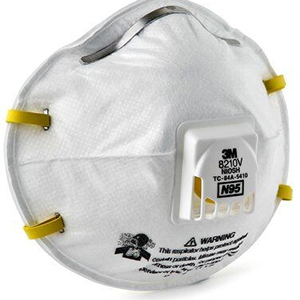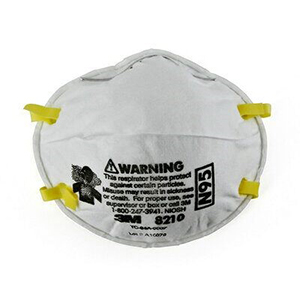N 95
N95 respirators and surgical masks are examples of personal protective equipment that are used to protect the wearer from airborne particles and from liquid contaminating the face. The Centers for Disease Control and Prevention (CDC) National Institute for Occupational Safety and Health (NIOSH) and the Occupational Safety and Health Administration (OSHA) also regulate N95 respirators. It is important to recognize that the optimal way to prevent airborne transmission is to use a combination of interventions from across the hierarchy of controls, not just PPE alone.
An N95 respirator is a respiratory protective device designed to achieve a very close facial fit and very efficient filtration of airborne particles. Note that the edges of the respirator are designed to form a seal around the nose and mouth. Surgical N95 Respirators are commonly used in healthcare settings and are a subset of N95 Filtering Facepiece Respirators (FFRs), often referred to as N95s.
The similarities among surgical masks and surgical N95s are:
- They are tested for fluid resistance, filtration efficiency (particulate filtration efficiency and bacterial filtration efficiency), flammability and biocompatibility.
- They should not be shared or reused.







